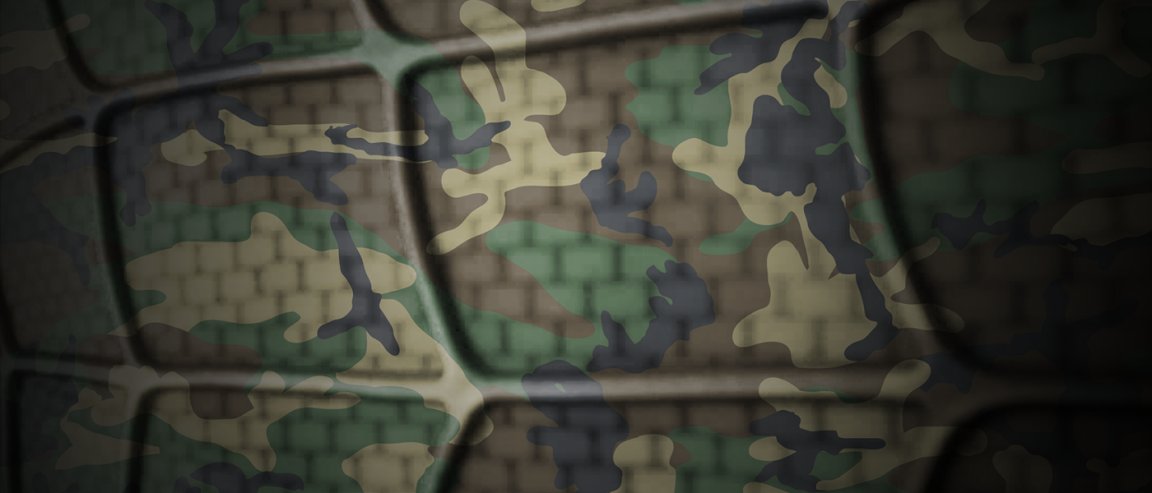
Tougher than Steel, More Flexible than Kevlar
Spider silk has always been a fascinating material with characteristics highly coveted by engineers. Despite the very thin strings they come in, they are extremely flexible and tough.
In fact, Utah State University professor Randy Lewis—a molecular biologist who has been trying to synthesize spider silk for decades, went so far as to actually calculate the feasibility of that scene where Spiderman stops a train from crashing using spider silk ropes—and attests that it could have been done.
“We calculated roughly how thick the fibers were, how many of them he had attached to the walls, how much the locomotive and people weighed, and how fast it appeared to be going,” he says. “Spider-Man would have been able to stop that train.”
Apart from its elasticity and strength, there are more impressive facts about spider silk. Watch this video to learn more:
Given these facts, spider silk has a wide variety of potential uses, and biochemists have been trying to synthesize artificial spider silk for a long time.
Farming spider silk has also been considered, but because spiders are not as mellow as their cheaper alternative (silkworms), bioengineers had to find a way around it.
Biotechnology company Kraig Biocraft Laboratories, Inc. (KBLB) were able to genetically isolate the spider silk protein gene and integrate them into silkworm eggs, resulting in spider silk-producing silkworms!
Bend or Break
This then brings us to a new era of renewable spider silk, which the company named Dragon Silk, and the U.S. Army has commissioned them to deliver ballistic shoot packs using their trademark spider silk material for performance testing, in a contract that could award them up to $1 million, depending on the results.
The company will be sending over product in different thread counts, thicknesses, and construction.
Comparing both Kevlar and Dragon Silk vests is a bit complex. While Kevlar’s 3-gigapascal strength topples Dragon Silk at 2-gigapascals, the latter has a far better elasticity which could make up for the strength difference.
“Kevlar has an elasticity of 3 percent,” says Rice. “If you have a Kevlar fiber, it’s not going to move at all. Our fibers have a 30 to 40 percent elasticity before they break.”
In the world of science, the best ideas often originate from the most unconventional places.